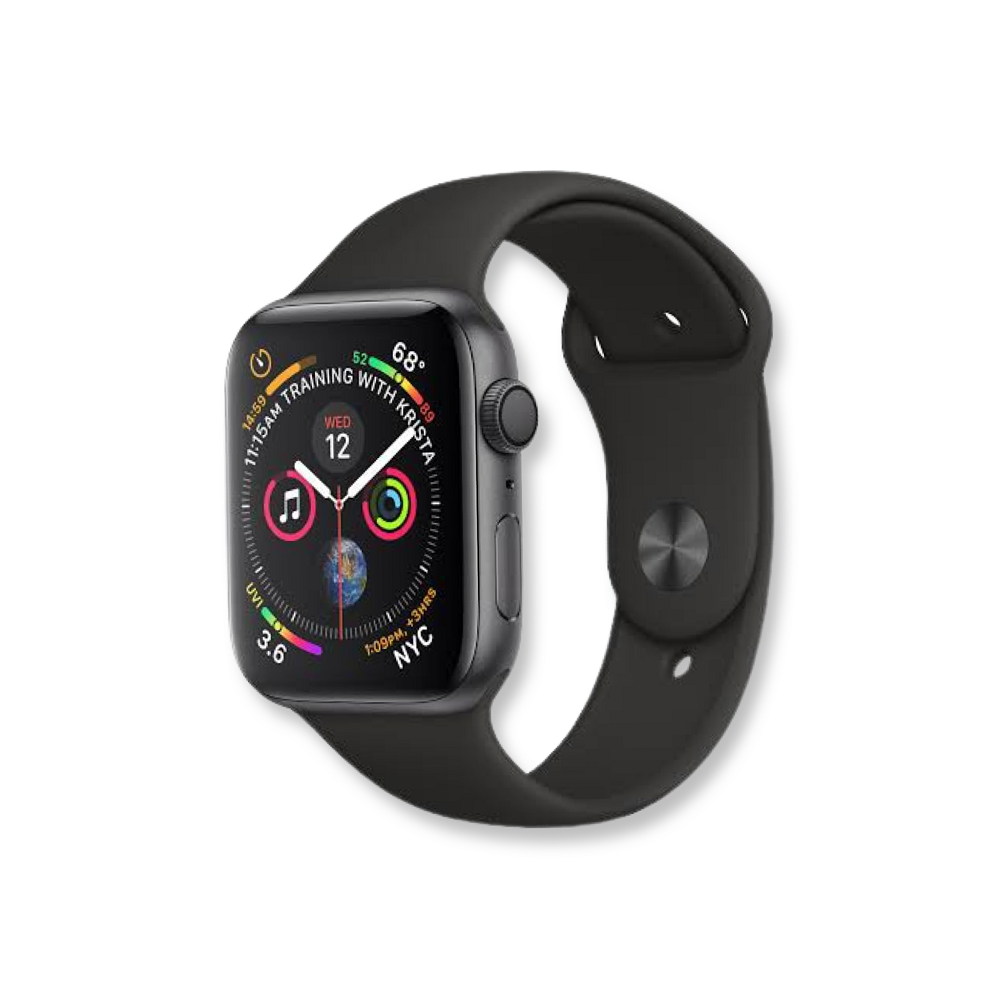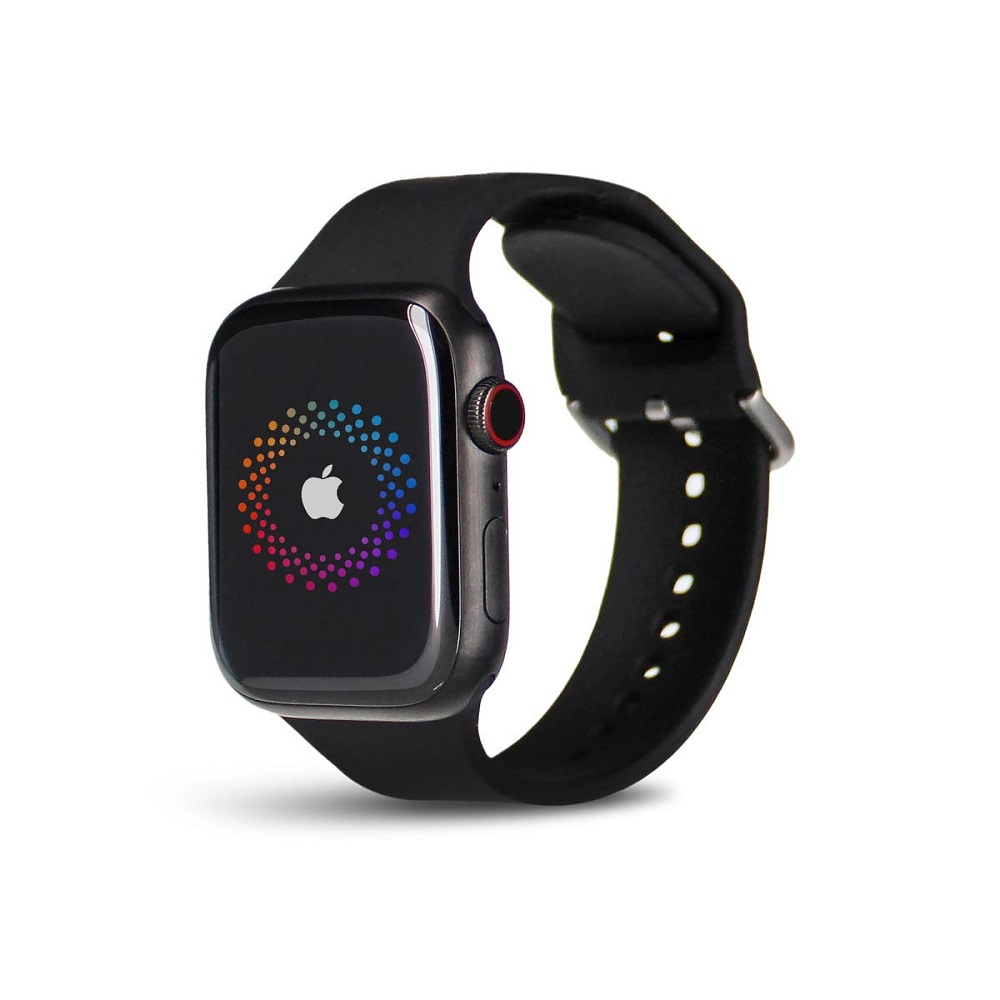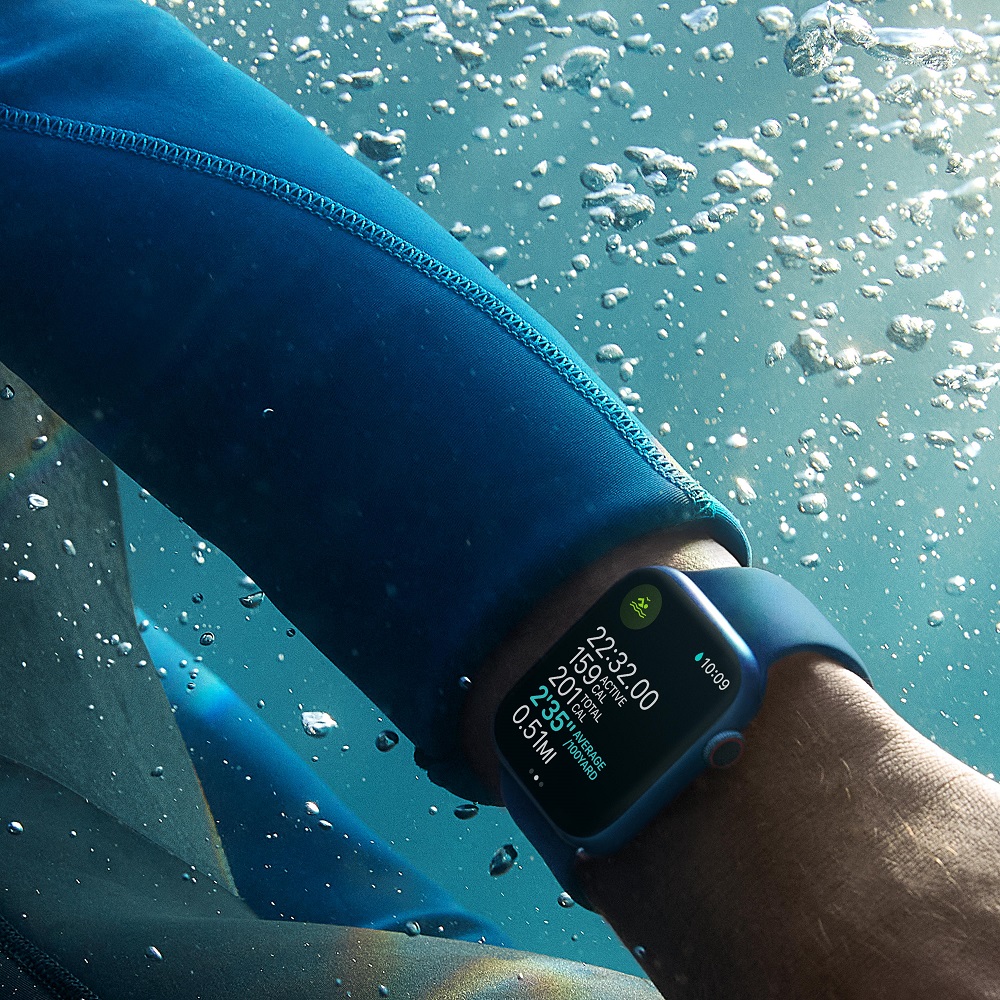Why and How to Unpair Apple Watch from Your iPhone
Unpairing your Apple Watch from your iPhone may initially seem like a daunting task. However, there are various legitimate reasons for doing this, such as troubleshooting issues, upgrading your watch, or preparing for a transfer of ownership. Understanding the benefits and the correct method to unpair Apple Watch can streamline your experience and ensure you maintain your data and settings. This guide will help you understand why unpairing is sometimes necessary and how to do it safely and effectively, so you can approach the task with confidence.
Reasons to Unpair Your Apple Watch
Troubleshooting Common Issues
Your Apple Watch is a complex device that communicates continually with your iPhone. Like any tech device, it may experience glitches, slow performance, or app crashes. Unpairing your watch often resolves these issues because it resets the connection and allows both devices to update their settings. Before considering a factory reset or other technical solutions, unpairing can be a quick fix to see if it resolves the problems you’re experiencing. It’s a simple yet often effective step, taking only a few moments, but it can do wonders for restoring functionality and making your Apple Watch feel like new again.
Preparing for a New Device
If you’re planning to upgrade to a newer model, unpairing your existing Apple Watch is crucial. By doing this, you make it easier to set up your new watch since the unpairing process removes the current watch from your Apple ID account. This step not only makes pairing the new model straightforward but also acts as a backup mechanism. All your settings, apps, and health data will be automatically stored so that when you do set up the new Apple Watch, it can seamlessly transition to the new device without any significant loss of information. This is especially important if you rely on your watch for activity tracking, notifications, and various applications.

Backing Up Your Data
Ensure Your Data is Safe
Before you unpair your Apple Watch, it’s essential to back up your data to ensure you don’t lose anything important. iPhones are designed to automatically create a backup of your Apple Watch during the unpairing process. This backup includes not just your settings and configurations, but also your health metrics, activity logs, and app data. Having a backup means you can later restore all of this information, providing peace of mind. Regular backups form a safety net for your data, allowing you to explore new features or devices without fear of losing your hard-earned fitness milestones or personal settings.
Check Health and Activity Data
For many users, the activity and health data tracked by the Apple Watch can be invaluable. Whether you’re monitoring your workouts, tracking your heart rate, or logging your sleep patterns, this data serves as a record of your health journey. Before unpairing, it’s wise to check that all activity and health data is indeed backed up to the Health app on your iPhone. When you unpair and later re-pair a new Apple Watch or the same device, your health data will be readily accessible again. This continuity can be crucial for anyone with specific health goals, as it enables easy tracking and adjustments based on previously gathered analytics.
How to Unpair Your Apple Watch
Using the Watch App on Your iPhone
Unpairing your Apple Watch using the Watch app on your iPhone is the most straightforward method. Start by launching the Watch app and navigating to the “My Watch” tab. Scroll down to find the watch you currently have paired. When you tap on it, an option called “Unpair Apple Watch” will appear. Selecting this option initiates the unpairing process. Keeping both devices close to each other during the unpairing process is crucial because they need to maintain a connection to ensure everything goes smoothly.
Follow the Prompts
After selecting the “Unpair” option, your iPhone will display prompts to confirm your choice. Follow these on-screen instructions patiently, as they guide you through the backup process and finalize the unpairing. An important point to remember is to remain patient; the unpairing process may take a minute or two. You will know it is complete when you see the Apple Watch restoration screen, indicating that your watch has now been unpaired from your iPhone. This careful approach guarantees that nothing is overlooked, ensuring a seamless experience.
Unpairing Directly from the Watch
Using the Settings on Your Apple Watch
If you can’t access your iPhone or simply want an alternative method, you can also unpair your Apple Watch directly from the device itself. Begin by locating the Settings app on your watch. Tap on “General” and then select “Reset.” Choosing this method could be handy if your watch has frozen or you’re facing issues with it responding to your iPhone. However, this way directly erases all content and settings from your watch, making it less ideal for situations where you want to retain data.
Confirm the Action
When using the watch to erase everything, you must confirm this action, which safeguards against accidental deletion. It prompts a confirmation to ensure you genuinely mean to erase all settings, alerts, and personal data. Take a moment to think about whether you want to lose everything stored on your watch. If you decide to proceed, this method can effectively reboot your device but be cautious, as it won’t create a backup. Only use this method if you’re entirely sure that you have backed everything you need or if you no longer wish to use the watch.

What to Do After Unpairing
Setting Up as New or Pairing Another Device
Once your Apple Watch is unpaired, the next steps depend on your intentions. If you’re planning to set up the watch again—whether it’s with the same iPhone or a new one—you can initiate the pairing process easily. Simply bring the Apple Watch close to your iPhone and open the Watch app. Follow the on-screen instructions for the setup process, ensuring everything—including your Apple ID and most used apps—are synced up correctly. If you’re setting it up anew, you’ll explore the interface and possibly new features that come with updates.
Restore from Backup
During the setup process, if you decide to proceed with pairing an existing Apple Watch, you will encounter the option to restore your previous data from the backup made earlier. Selecting this option will allow you to retrieve your health metrics, app settings, and preferences, leading to a smooth transition back into your daily routine. This step is especially beneficial when you want to maintain consistency with your fitness goals or customer usage patterns. It saves you the hassle of starting from scratch and losing crucial data.
Re-pairing Your Apple Watch
Pairing Again with Your iPhone
Re-pairing your Apple Watch involves an easy process that mirrors the original setup. Bring your Apple Watch within close range of your iPhone and open the Watch app again, selecting the option to begin pairing. As you follow the on-screen prompts, both devices will communicate, ensuring a stable connection throughout the process. To avoid any potential interruptions or glitches, make sure both the watch and your iPhone have adequate battery power before you start the re-pairing procedure.
Update Your Watch and iPhone
After re-pairing, it’s essential to check for any software updates on both your Apple Watch and iPhone. Software updates often introduce new features, improve performance, and fix bugs that affect usability. Keeping both devices updated ensures you benefit from the latest functionalities and security patches. Also, regularly updating your devices can prevent compatibility issues in the long run, giving you a more fluid and enjoyable user experience as you move between devices.
Additional Tips and Precautions
Keep Your Devices Close
When unpairing and pairing your Apple Watch, maintaining proximity between the two devices is critical. Having them close ensures that they maintain a stable Bluetooth connection, which is necessary for effective communication. Any interruptions during these processes can lead to errors or incomplete unpairing, resulting in potential loss of data or settings. If you’re in a noisy or busy environment, find a quiet space where you can focus on the task without distractions.
Battery Life Considerations
Before you commence the unpairing operation, it is best practice to ensure that both devices are adequately charged. Low battery levels can lead to interruptions, possibly resulting in an incomplete unpairing process. Having both devices plugged in or fully charged allows for a seamless experience. Paying attention to battery life not only avoids complications but also ensures that you can complete the entire process without having to pause or restart due to a sudden loss of power.

Conclusion
Unpairing your Apple Watch from your iPhone is a crucial step that can benefit you for various reasons, from troubleshooting to upgrading or transferring ownership. By understanding the outlined steps and taking appropriate precautions, you can efficiently manage the unpairing process. Remember to back up your data in advance to protect your important fitness and health information. Whether you’re setting up a new device or transitioning between watches, you now have the tools and knowledge to navigate the process confidently and effectively. Enjoy the new functionalities that your Apple Watch has to offer while appreciating the ease that comes with managing your devices properly.
